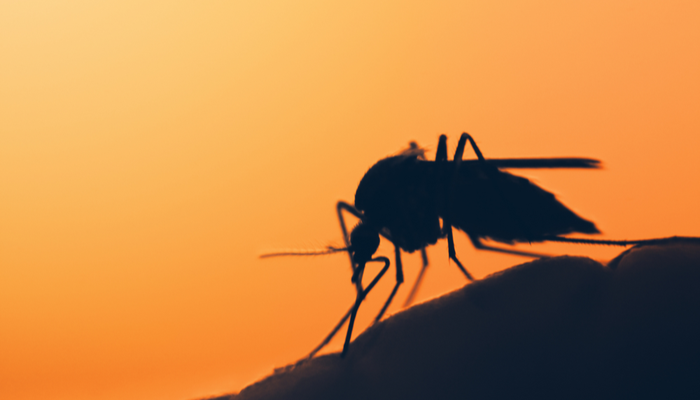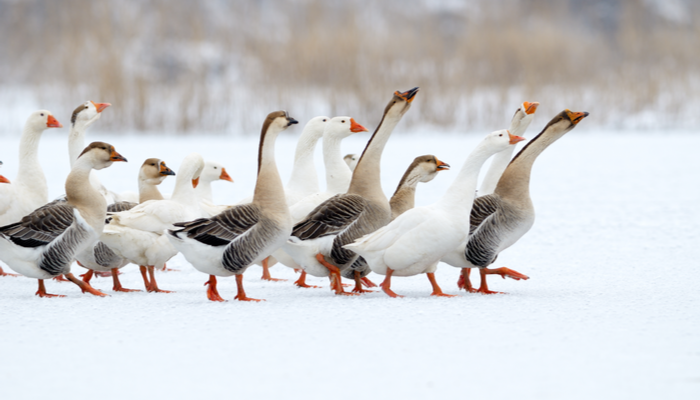
What’s been going on in science this summer? Good question. To help answer this, our new edition of “so much science” focuses on nature, making the most of the great outdoors. We’ll start with some research showing how spending time outside has multiple positive health benefits and reduces stress (in case you need another reason to reconnect with Mother Nature…).
It’s only natural
While it’s understood that living in greener areas is associated with lower probabilities of developing cardiovascular, neurological and respiratory conditions, you don’t need to abandon the city and move to the countryside. Just taking time to spend outdoors in natural environments like parks, woodlands and beaches can lead to significant health gains.
But how much time should we spend outside to benefit? Well, recently researchers in the UK found that spending at least 120 minutes a week in nature is associated with improved health and wellbeing. This two-hour threshold may exert its effects by reducing general stress levels.
The study also suggested that reliving our experiences of the natural world through memory—yes, daydreaming—could provide further benefits that are independent of those initially experienced. It sounds like you’ve got a great reason to take your lunch break outside or, if it’s raining, at least daydream about the last time you did!
Digging in the dirt
Scientists have discovered that a soil-residing bacterium, Mycobacterium vaccae, could potentially help the body to fight off stress. A unique fatty acid called 10(Z)-hexadecenoic acid isolated from this bacterium helps immune cells to block pathways that are responsible for mediating inflammation and stress in mice.
This data builds on the hygiene hypothesis, a premise arguing that our overly sterile world has prevented us from being exposed to helpful microorganisms, such as M. vaccae, and this has led to an increase in immune disorders, inflammatory disease and stress-related conditions.
Although the development of a therapeutic is said to be 10 to 15 years away, researchers hope that this discovery will lead to a "stress vaccine", preventing a PTSD-like syndrome for people in high-stress jobs.
Migrating hoverflies to the rescue
News from the insect world—recent studies show that agriculture is increasingly dependent on seasonal labour. Extensive evidence shows that numbers of non-migratory, non-pest insect populations, especially pollinators, are falling worldwide, which puts greater importance on their migratory counterparts.
Since hoverflies typically fly high above the ground, going largely unnoticed, the scale of hoverfly migration and its impact on UK ecosystems can be challenging to measure. But, by using insect-monitoring radars, scientists in the UK have really got this research off the ground. Performing a decade-long study, they’ve successfully tallied the numbers of pest-eating, flower-pollinating hoverflies that travel to the UK every year.
Astonishingly, 1 to 4 billion hoverflies migrate into and out of southern Britain each year, munching through 3 to 10 trillion aphids. And what’s more, not only do they control pests, their skillset also includes extensive pollination. This is not just helpful—it’s crucial. Owing to the serious decline of other beneficial indigenous insects, these little visiting hoverflies are key to maintaining essential ecosystem services.
Mouse lemurs step up their game in genetics
For the last century, the common laboratory mouse has been the go-to model for investigating genetic characteristics due to similarities between the human and mouse genome, but that could be about to change. Scientists are discovering how the Madagascan mouse lemur, the world’s smallest primate, may prove a useful alternative.
Mouse lemurs are genetically 50% more similar to humans than mice are to humans, while still maintaining many of the advantages that mice have, in terms of their small size, rapid reproduction and relatively large litters. This means that mouse lemurs are faster and cheaper than most primate models as a genetic model. Importantly, because this research involves observing mutations (rather than generating them) it avoids the ethical conundrum associated with genetic engineering in nonhuman primates.
Researchers in Madagascar noted variation in the established colonies of mouse lemurs, reporting that one in five mouse lemurs has an extreme trait—from eye colour to heart arrhythmias. Indeed, so far, the team has identified more than 20 of these distinctive features.
Using these traits, scientists can explore human conditions such as Alzheimer’s disease, cardiac arrhythmias, movement disorders and high cholesterol. Back at Stanford, researchers are working away in the lab to map the genes underlying these distinctive traits so that they can home in on the mutations responsible. Eventually, the authors hope to have a living library of 200,000 protein-encoding mouse lemur genes by sequencing the DNA of the lemurs, one by one. This exciting project has the potential to spawn a new model organism, fostering the understanding of primate genetics and health.
In a pickle? Activate your immune cells with sauerkraut
Research into the gut microbiota is currently one of the hottest world health topics, and the interplay of microbiota and the human host is now thought to be physiologically crucial. Lactic acid bacteria (LAB) are no exception—their presence in the gut is associated with numerous health benefits, including improved gastrointestinal health and immune function. However, it is not yet clear how LAB modulate human physiology.
A recent study involved feeding volunteers LAB-rich sauerkraut and found that, when they consumed enough, their immune cells were activated by the LAB. The same group also showed that genetic adaptations in our primate ancestors permitted increased ingestion of fermented foods under changing ecological conditions.
Intriguingly, these genetic adaptations occurred in great apes around the same time as the emergence of the gene for alcohol dehydrogenase, which helps us break down toxic alcohol. So, next time you’re washing down your sauerkraut with a cold beer, consider how our great ape ancestors underwent these helpful evolutionary changes. Cheers!
Get access to more great science stories
We hope that you enjoyed the summer months and managed to get outside when you could. Remember to welcome our visiting hoverflies and we’ll be back in Autumn with more science news! In the meantime, if you want to keep up to date with the latest life science and marketing news, subscribe to our monthly newsletter.





